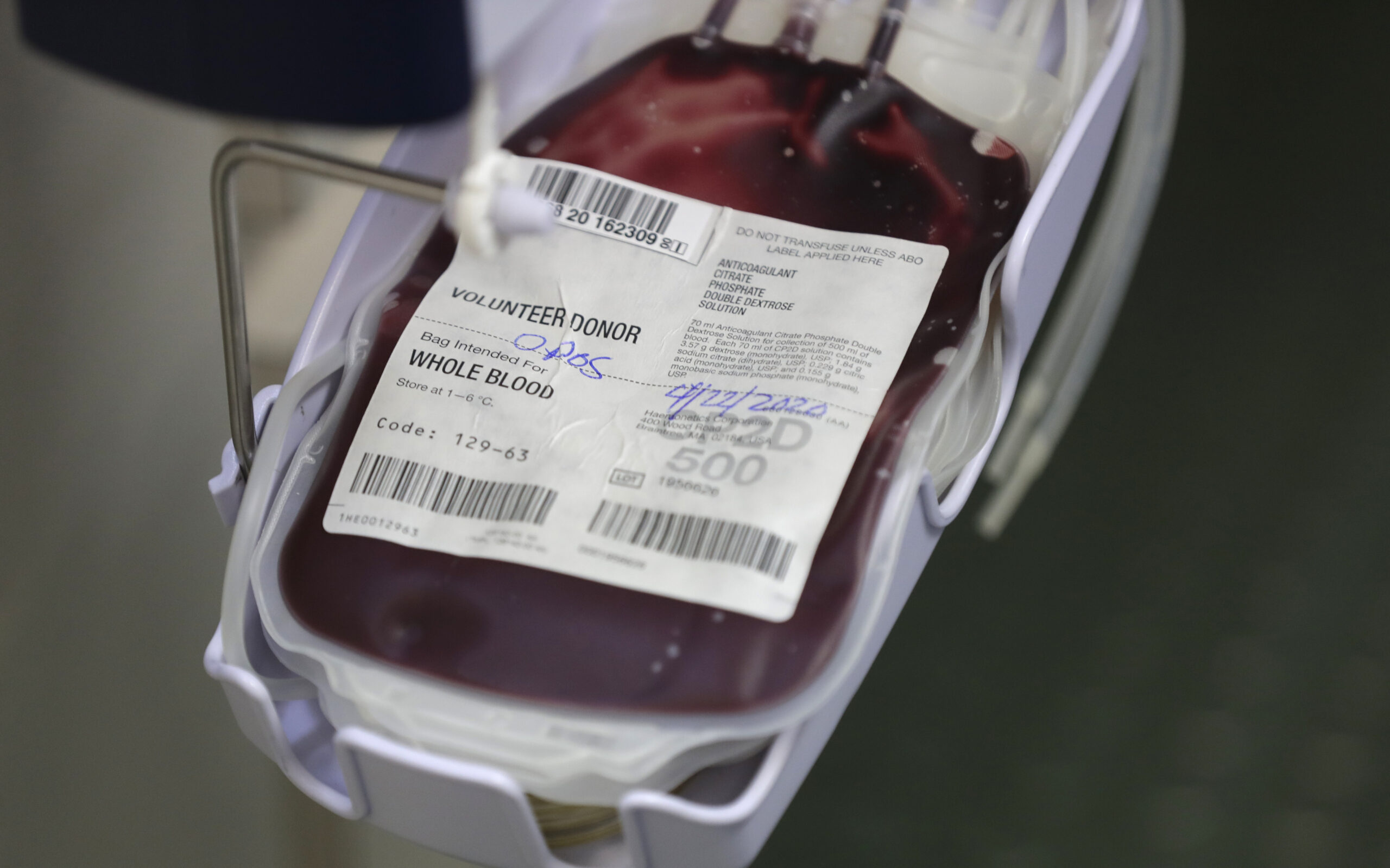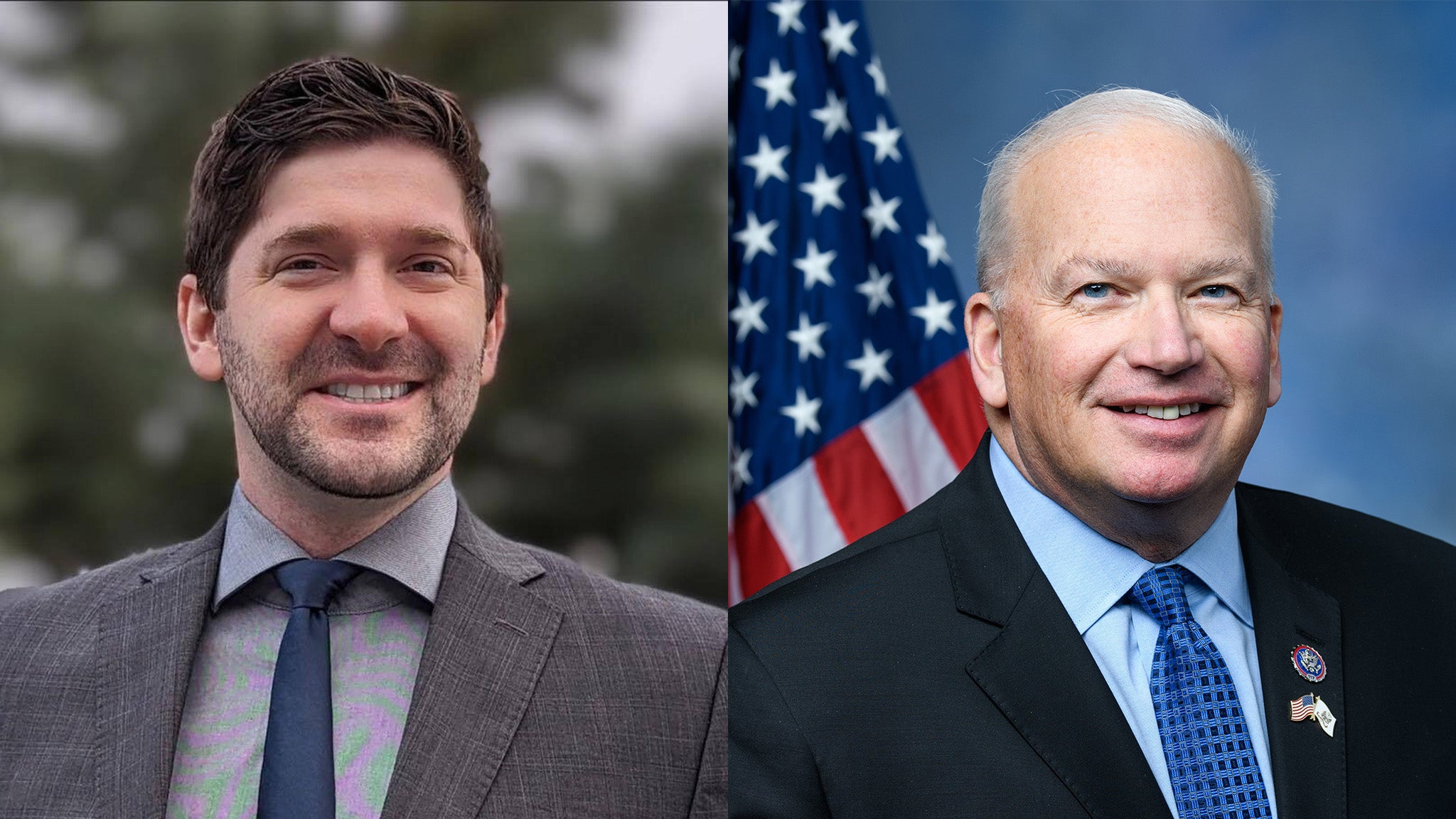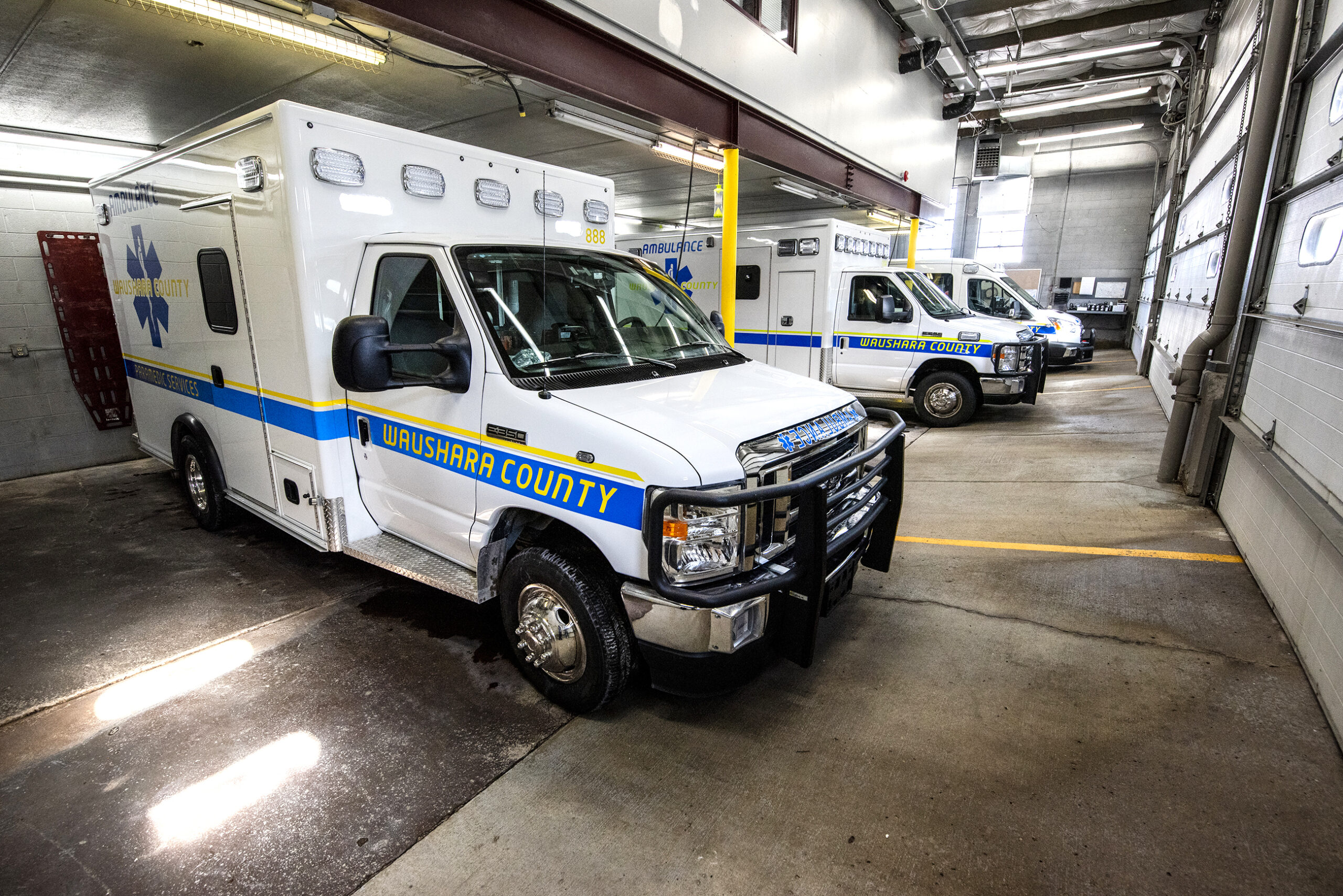With fewer volunteers and funding concerns, being a volunteer emergency medical technician in rural Wisconsin is getting increasingly difficult.
“About 60 percent of the state of Wisconsin is covered by volunteer EMS,” said Kirk Gunderson of Osseo, the president of the Wisconsin EMS Association. “Staffing services day-in, day-out, 24-hours a day, seven days a week, 365-days a year becomes a real challenge for these people.”
Gunderson said volunteers face issues including burn out, difficulty maintaining training because of a lack of access to high-speed internet and pressure of family obligations.
Dwindling volunteer numbers, staffing issues and poor funding were the top challenges presented this fall at a series of rural hearings on the challenges facing rural EMS services in Wisconsin hosted by the Wisconsin Office of Rural Health.
Take the situation in Rusk County in northwestern Wisconsin. Ambulance director Tom Hall said the county’s 15,000 residents are getting what is considered a basic service of four ambulances around the county. The county has between 35 and 40 volunteer EMTs that fill on-call shifts and are paid per call, and they are paid much less than those who work for a professional ambulance service.
Hall said Rusk County has problems finding volunteers to fill on-call shifts and an aging population in the area is putting increased pressure on the situation.
“EMS started here in 1970 with the first ambulances in Rusk County. I have a few responders that started with it, so, they’re really looking to get out of it and I don’t have the younger people to replace them with,” he said. “On the patient side, in Rusk County, between 60 and 70 percent of our patients are 65 and over. That currently is our biggest taxing on our system is the amount of patients we have in that age group, plus how those bills get paid.”
Gunderson echoed Hall’s concerns.
“Rusk County is probably the norm when you look at the state,” he said. “The majority of the state is going to be covered by services just like Rusk that are facing this struggle for staffing, for funding, for making sure that next shift is covered. It’s a continued struggle that’s only going to get worse.”
As staffing becomes a bigger issue, funding problems facing rural EMS services have also magnified.
Gunderson said one solution to easing the challenge of rural EMS would be to make it an essential service like police and fire services are classified in the state.
“If it becomes an essential service, then it allows the municipality to exceed their tax levy to fund that particular service,” said Gunderson.
Another short-term solution would be for the state Legislature to increase funding for rural emergency services, Gunderson said.
They could also increase Medicaid reimbursements for ambulance calls — something that, according to Gunderson, hasn’t happened in more than a decade. The medical reimbursement for an average ambulance call is about $300, Gunderson said, an amount much lower than the actual cost of each call.
Despite the challenges facing rural EMS in Wisconsin, Gunderson believes there is still a quality ambulance service answering medical calls in most rural parts of the state.
“Whether you’re in Ladysmith or you’re in downtown Milwaukee, when someone calls 911 they’re going to expect the same level of care and competency on certain standards and we need to figure out a way to continue to provide those, which we’ve done successfully so far,” he said.
The Office of Rural Health is currently preparing a report that will spell out the challenges facing rural EMS systems based on the listening sessions held this fall.
– John Davis
Episode Credits
- Hope Kirwan Host
- John Davis Producer
- Chali Pittman Guest
- Amanda Bates Guest
- Kirk Gunderson Guest
- Tom Hall Guest
Wisconsin Public Radio, © Copyright 2025, Board of Regents of the University of Wisconsin System and Wisconsin Educational Communications Board.






